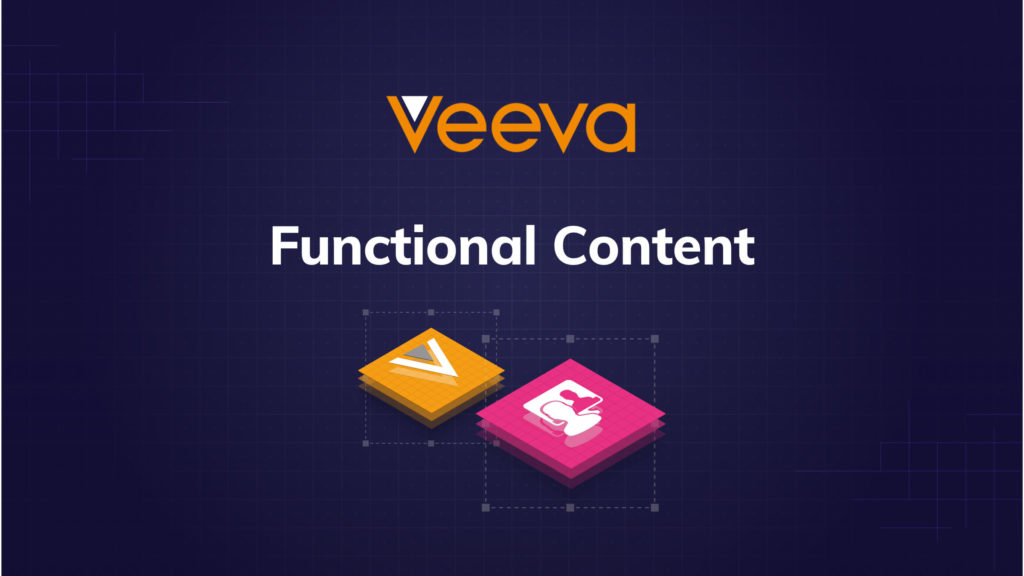Welcome to our Veeva Insights Video series, the series dedicated to helping brand teams and creative agencies better understand and leverage the tools available to them on the Veeva CRM approved platform.
Within this fourth episode, James Harper, Founder and Managing Director of twentyeightb, continues the discussion on functional content from episode three. James talks us through and demonstrates how to use functional content that is easy to navigate in an objection handling situation. He then delves deeper into how effective implementation of analytics can be employed to monitor content improvements.
Previous episodes:
You can also return to our first episode, in which we covered the basic functions of Veeva Approved Email, our second episode where we walked through a more advanced implementation of Veeva CRM approved email.
We would also recommend watching our third episode, in which we began looking at functional edetailer content and how it can be used for market insights and enhancing in-field sales effectiveness, before watching part 2 in episode four.
Watch the fourth episode in our series below, read our key takeaways and feel free to share with your organisation.
What is functional content?
At twentyeightb, we refer to content as functional when it works hard for a living, engaging both the user and the customer, delivering more than simple text or images, it calculates, measures, records or personalises content for maximum impact.
Key takeaways:
Functional Content in the Right Place
(1:09-2:01)
If useful additional content cannot be easily navigated to, it can lead reps away from the core sales flow. Research shows that in a primary care setting there is a 2-4 times increase in good sales outcomes when the representative delivers all core key messages in order during a call. So content and navigation should be designed and implemented to enable and support this behaviour.
Functional Content in Objection Handling
(2:40-3:44)
In an objection handling situation, Veeva eDetail aids carry functional content in an easily navigable tab, that we at twentyeightb call a blade. The blade offers an infinite scrolling canvas for clinical data and other objection handling content such as inclusion criteria for a clinical trial. The sales representative can use bookmarks to scroll quickly to the relevant content, making the process even more efficient.
With one tap, the representative can guide the HCP back to the core sales flow, keeping them anchored in the sale.
Using Analytics to Inform Content Improvements
(4:01-5:02)
Analytics can be used to monitor content usage and inform content improvements. By using granular custom analytics, which in Veeva are called custom clickstream, you can see exactly what content is being viewed on these blades.
Analysing this data can reveal why certain objections are occurring. For example, they could suggest a concerted effort from their competition to undermine or call into question the validity of certain results. This information could then be used for content improvement. You can update the content on the core efficacy slide to address this objection before it is even raised by the customer, streamlining the sales flow.
In the next episode:
In episode five, twentyeightb will be looking at the MyInsights dashboards in Veeva and how they can be used effectively to support the sales representative in a range of customer segments. If you have any questions about maximising the effectiveness of Veeva – feel free to get in touch.



